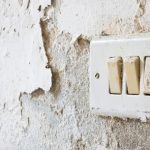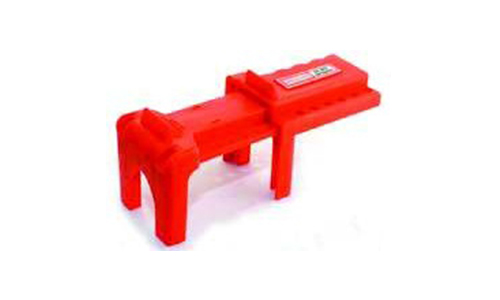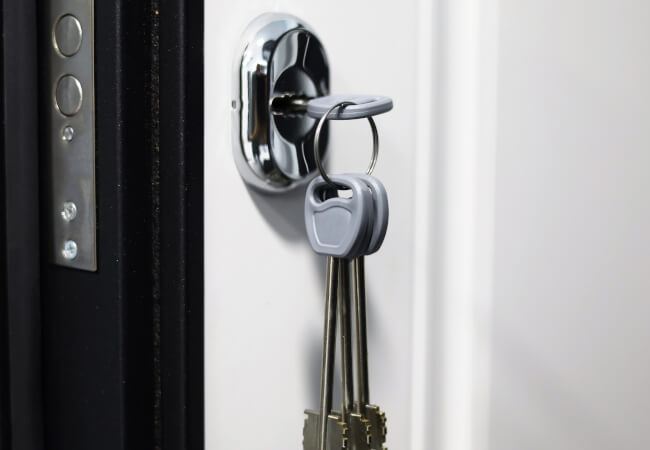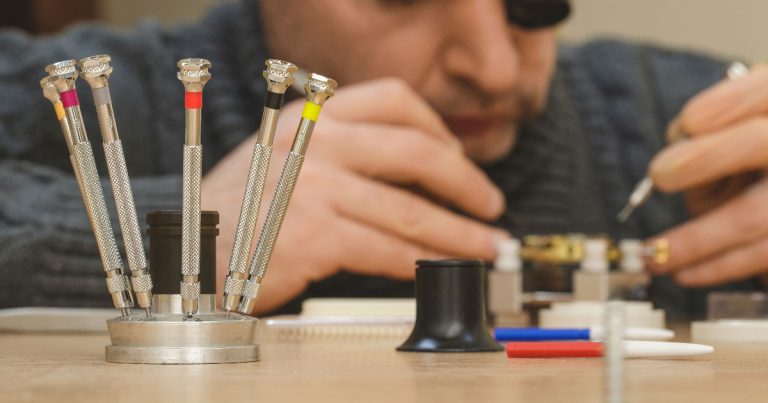Why Does Paint Crack: Causes and Fixes – Fantastic Services
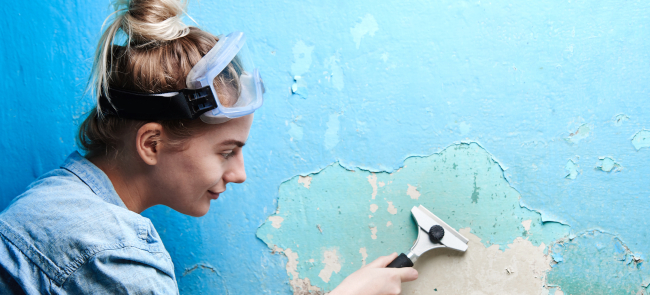
We’ve all seen it in older homes and rooms. The telltale signs that your walls need a new lick of paint. We are, of course, talking about cracks in the paint. If you’ve started to notice surface fissures on your walls, you might be asking ‘why does paint crack?’ Thankfully, we can cover the reasons for this nuisance and give you some handy tips on how to avoid cracks in paint in the future.
So if you:
- Have started to notice cracks in your paint;
- Want to figure out why it’s happening;
- Want to know how to avoid cracks in paint;
Then read on!
Old and expired paint
Let’s start with the obvious one. Paint can often become cracked if it’s particularly old. If a room hasn’t had a fresh coat of paint in years, the oils in old paints can begin to dry out, so cracks soon start to appear on the surface. Not to mention, the older the paint, the easier for wear and tear to occur over the years through a number of environmental factors. This leads us nicely onto our next point.
How to fix
Unfortunately, there isn’t much you can do, other than giving your walls a new coat of paint. That being said, if you buy high-quality paints, they tend to age much better than their lesser quality counterparts.
Dampness and humidity
Dampness can be hard-wearing on paint. Applying paint to a damp wall or surface can begin to peel easily. This is especially true of oil-based paints, as they are hydrophobic and won’t react very well to any kind of moisture.
Overall humidity in the room will also play a role, depending on the surface on which you’re painting. If you’re painting on plaster or brick, this won’t be much of an issue. However, if you’re painting on wood that is very prone to expansion (like plywood), you may notice the paint cracking at faster rates than on other surfaces.
How to fix
In terms of damp walls, you’ll need to figure out what’s causing the problem and sort it out beforehand. While you can dry the walls out, it won’t alleviate the issue and dampness can still affect your paintworks down the line (especially rising damp). There can be a number of reasons for dampness, like leaks in the roof, or water being sucked up from the ground into the pores of your bricks.
For humidity, there are a couple of solutions. For one, if you’re painting on wood, you can use a sealant that will help prevent excessive warping. You can also buy a dehumidifier for rooms that are especially affected by humidity, which will help remove moisture from the air.
Poor surface preparation
Before painting, you need to properly prime the surface. Primers act as a sealant and can also cover unsightly stains left on previous coatings. If a surface isn’t properly primed, your paint will be more prone to cracking and flaking, even if it’s a thin coat.
How to fix
The answer is simple: Prime the surface. For most surfaces, you’ll need to apply two coats of primer, before applying your chosen paint. Make sure that you leave it enough time to dry in between coats, or else you will have a poor application once you do get around to painting.
Improper application
There isn’t a wrong way to paint, right? Not exactly. Generally, problems can be caused by a number of application errors. These can include applying paint too quickly, using poor thinner, covering chalky, greasy undercoats.
How to fix
There are a number of ways to sort this issue. Using good quality paint thinner and applying paint in a consistent manner will help prevent cracking and flaking. Make sure you properly prepare the surface that you are painting, too. Sanding the surface and removing problematic undercoats will save you time and effort by ensuring you have a quality surface to work with.
Prevention measures
If you catch the cracking early, you may actually be able to sort the problem without having to completely repaint a surface. When you see paint begin to crack, peel off the affected area and even out with sandpaper or a scouring brush. Once the paint is removed, prime the bare surface with two coats and then paint over in your desired colour.
Be aware though, that if the problem persists to the wall substrate, you will have to remove all paint and begin the process again. There is some solace though, as, with the handy tips we’ve given you, you shouldn’t have any repeating problems.
A few more tips…
If you’re noticing your paint is cracking, regardless of the remedies you’re applying, there may be a deeper problem hidden from view. For instance, cracking, especially if it doesn’t go in just one direction, may be caused by structural issues within your walls.
Also, if you’ve noticed paint beginning to flake and peel, you may have a problem with dampness. Not only can this cause aesthetic problems like paint cracking, but it can be harmful to health, as well! In these cases, it’s a good idea to get a professional in, who’ll be able to identify where the source of the damp is coming from and sort the problem.
Need help decorating?
We, at Fantastic Services, are here to help. We work with excellent painters and decorators, who have the knowledge and experience to fulfil any of your painting needs. Plus, if you’ve had problems with paint cracking, they will be able to find the most likely problem and solution. You’ll never have to worry about the unsightly hairline cracks again!
So, what are you waiting for? Book an appointment today!
Walls need a new lick of paint?
Book an experienced painter and decorator today!

Takeaways
- Make sure to use top quality products for the best results.
- Cracks in paint can be the result of larger issues, like damp and structural problems.
- Always prime your surfaces properly before applying paint.
- Applying sealant to wood can prevent excessive warping and expansion.
We hope you find our article on the causes and solutions of paint cracking helpful! If you have any questions or some tips of your own, consider leaving a comment below!
Image source: ivan_kislitsin / Shutterstock

